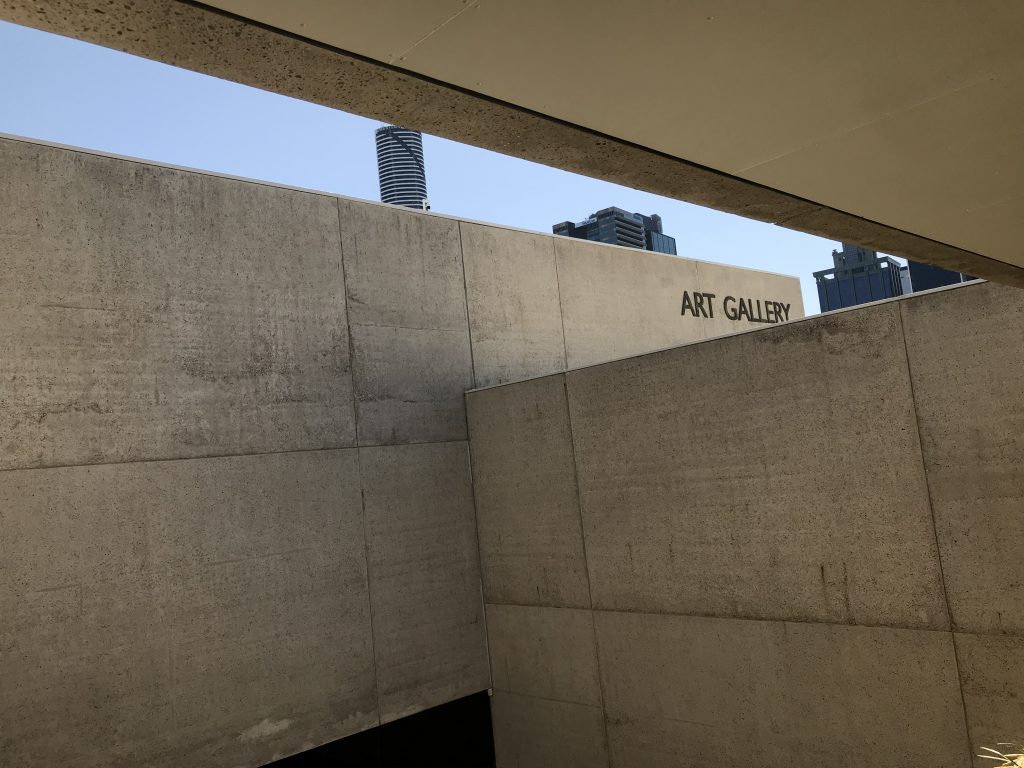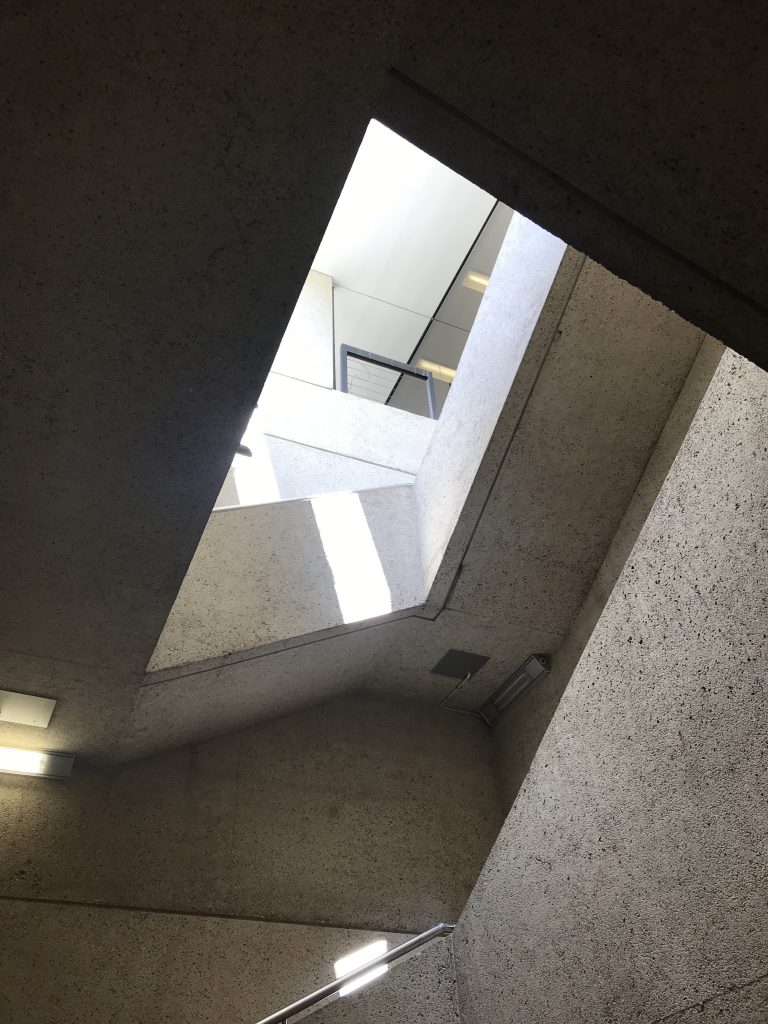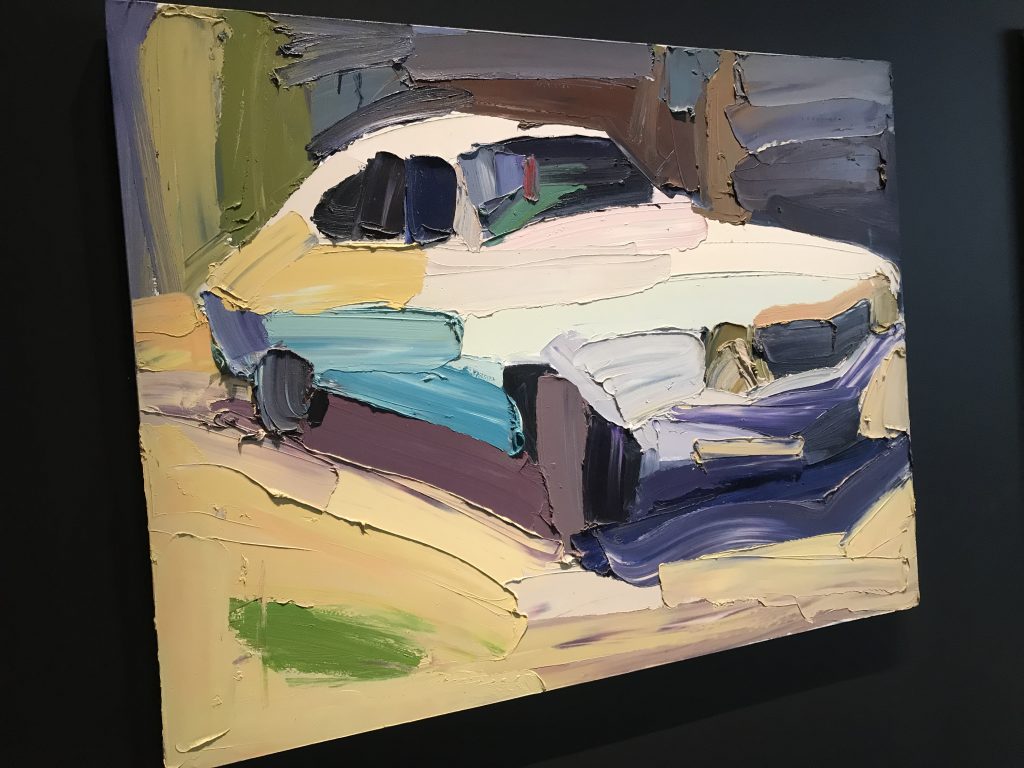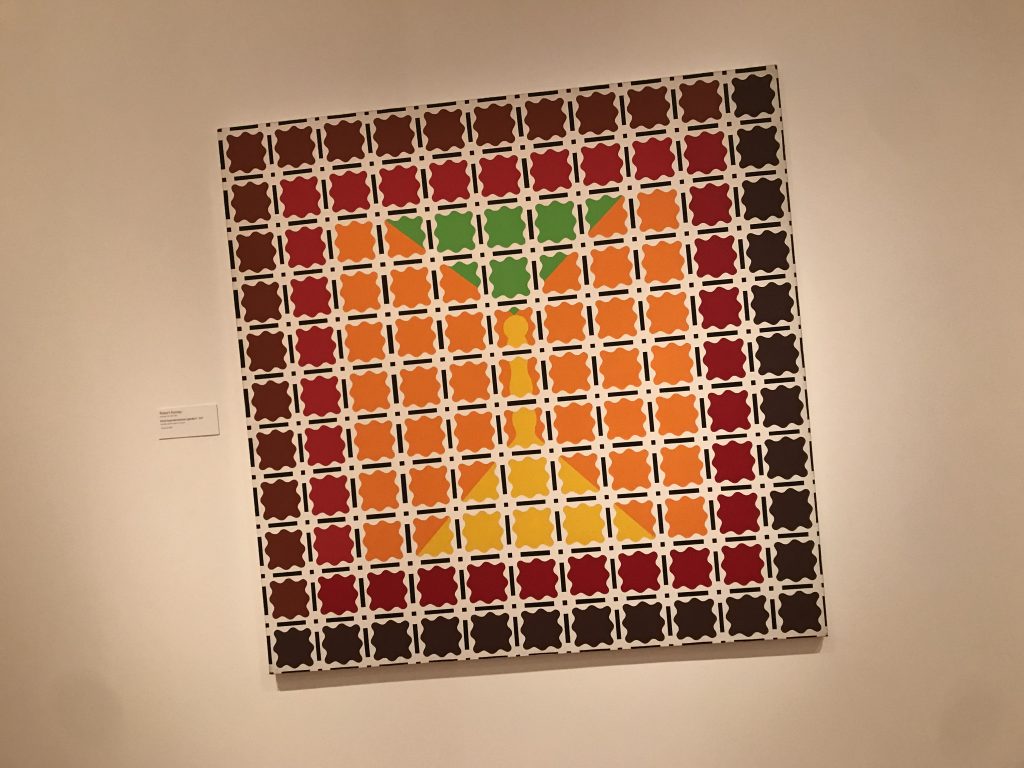In 2019 I gave a talk at my first ever WordCamp (in Brisbane). Looking back I’m feeling lucky to have travelled and attended in person. Like so many other communities, WordCamps are now pretty much 100% online & distributed.
Whenever I find myself in a new place there are a couple of things that I’ll typically do:
- Wander around and look at buildings and other urban scenery.
- Explore an art gallery, ideally full of contemporary work.
- Find a local club with DJs or live music and see what’s on.
QAGOMA
In Brisbane there is a fantastic art gallery – QAGOMA. I think I spent a solid morning there and then went back to co-work in the cafe, riverside, the following day.
Not only is QAGOMA chock-full of contemporary art; the building and grounds is an archetypal demonstration of modernist concrete, hedges, sculpture and lawn working in harmony. It’s like walking around a two-point perspective tech-drawing artist’s impression of the future, and I love it 👌








Daniel Crooks
Work from a fellow New Zealander – Daniel Crooks – immediately grabbed me, early in my visit.
(Side note: I’m grateful to Australia’s larger economy and mineral wealth for helping develop and promote so many creative Kiwis.)
Daniel Crooks is not a painter; he works with moving images. I’m always interested to see what artists do with motion or video, and how they can transcend the standard formats (e.g. rectangular, linear film).
Train no. 1
The first work I saw was Train no. 1, an ultra-wide format video work. A shot of a train platform is stretched across multiple screens in a technique that looks like a visual analogue of audio timestretching.
The video is sliced up horizontally into windows, and multiple similar windows are laid out horizontally, producing repetitions of bits of action across the frame, reminiscent of audio delay. Anyone who’s heard my music or me DJing knows that I’m pretty obsessed by dub delay. I’m experimenting with GLSL shaders in an attempt to build a shader which simulates this effect.
Phantom Ride
Crooks’ Phantom Ride was running in the next room. This is a much larger, two-screen installation. And a much richer work, with beautiful hi-definition photography of urban and countryside scenery with one common element throughout – railway lines, and the unstoppable, continuous progression of time.
I draw a parallel between this work and music, carving up time into chunks and sections (verse, chorus, bridge) while maintaining a common rhythm across the changes. I also loved that such a simple technique and idea could produce such a powerful, meditative space, and that the work could be looped infinitely without appearing as such – make the temporal edits (or, the frame) an integral part of the work.
The accompanying musical score is by Byron Scullin. The music plays a huge role in the contemplative nature of the piece. To me this is an audiovisual work realised by a collaboration, though I could imagine that the ideas and themes are driven by Crooks. I’ll have to seek out more sound from Scullin and hear what he’s all about. Bass Bath sounds intriguing!
I was grabbed by lots of the work on display – here are some photos of other highlights!






Leave a Reply